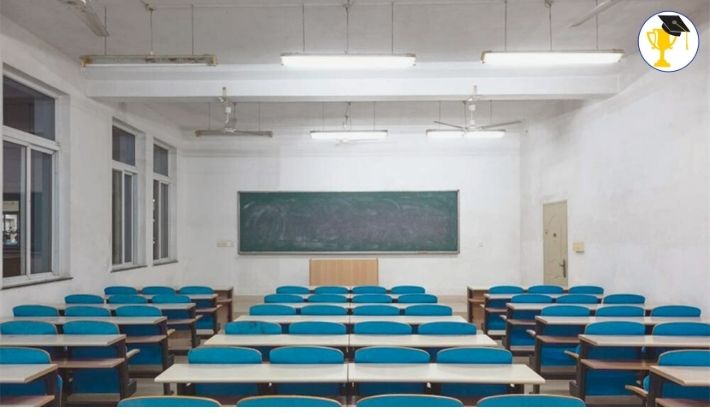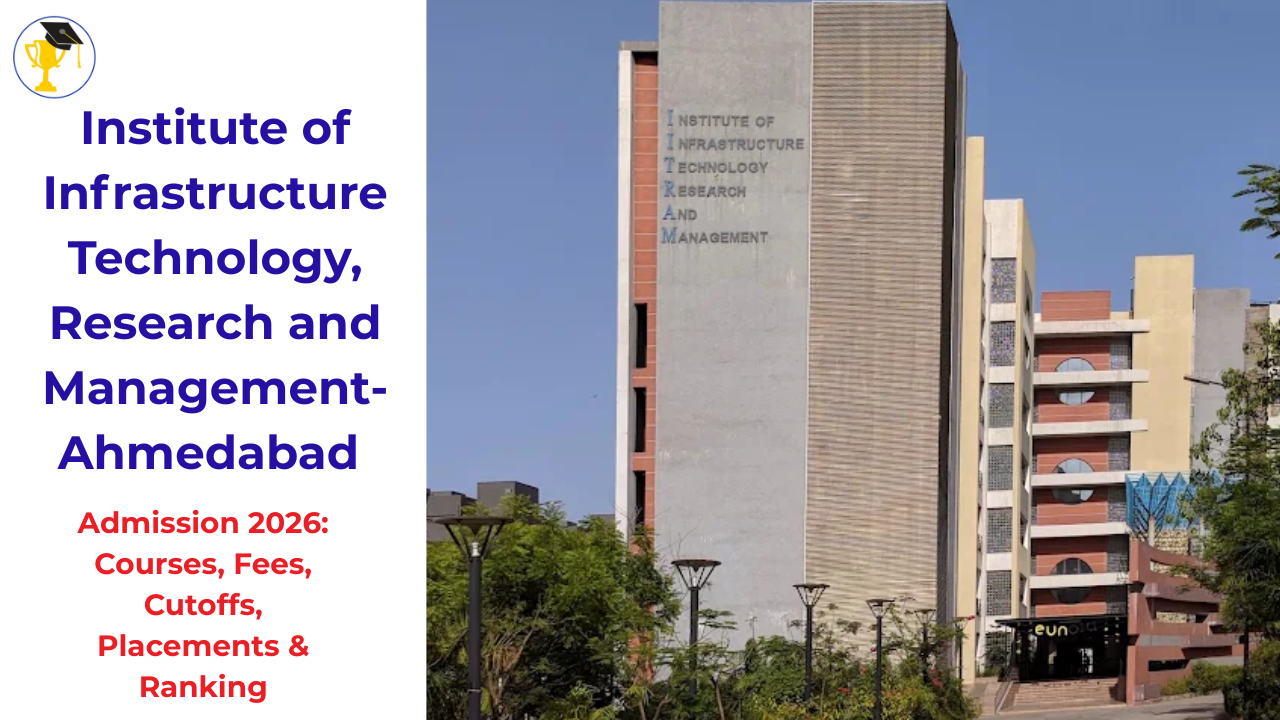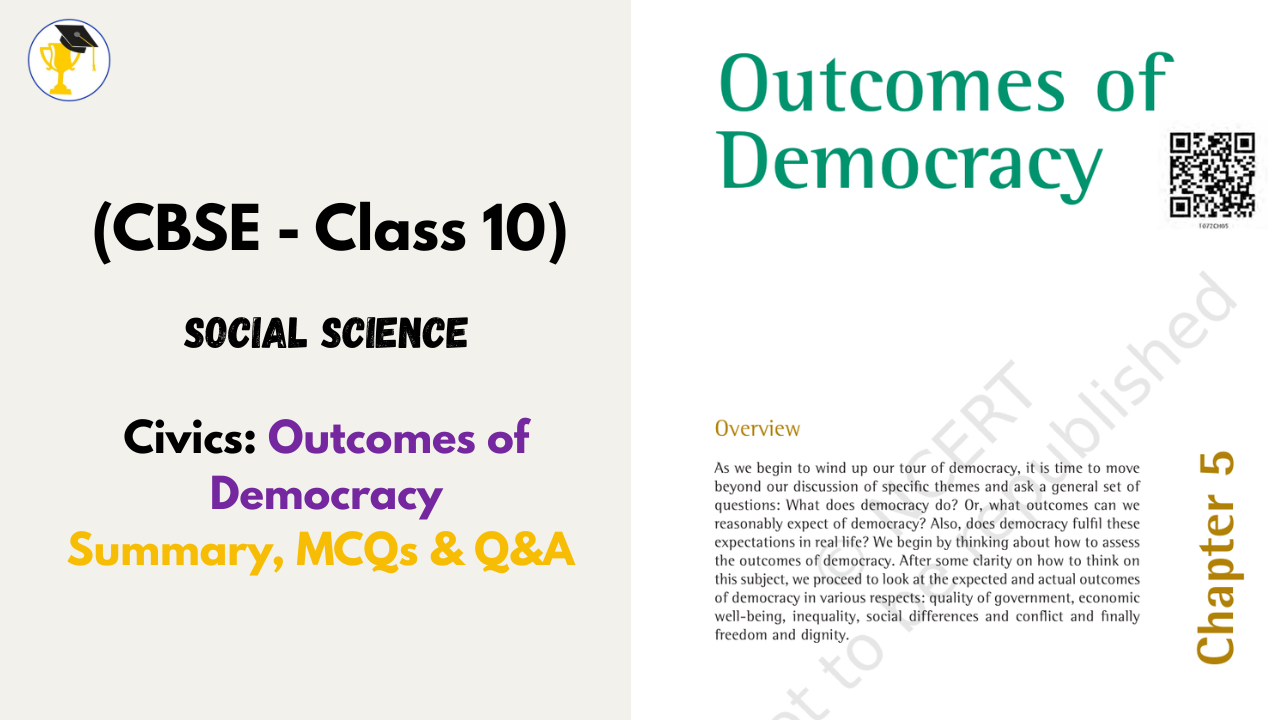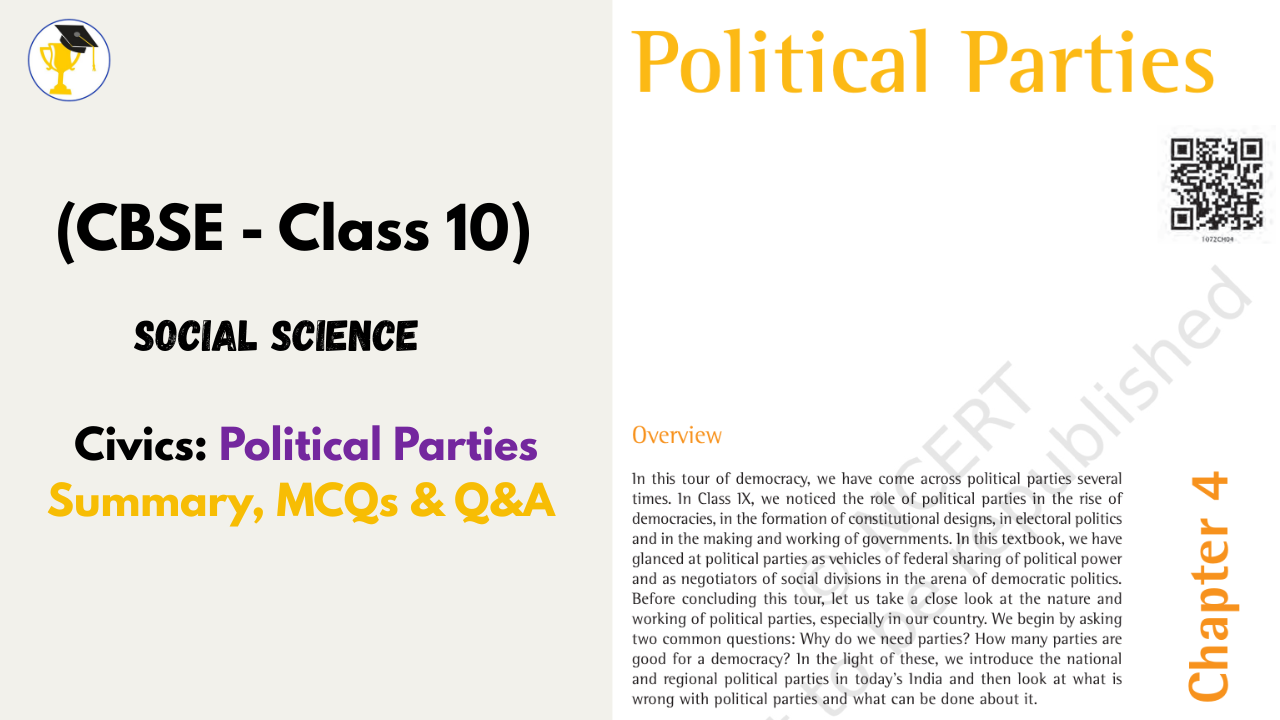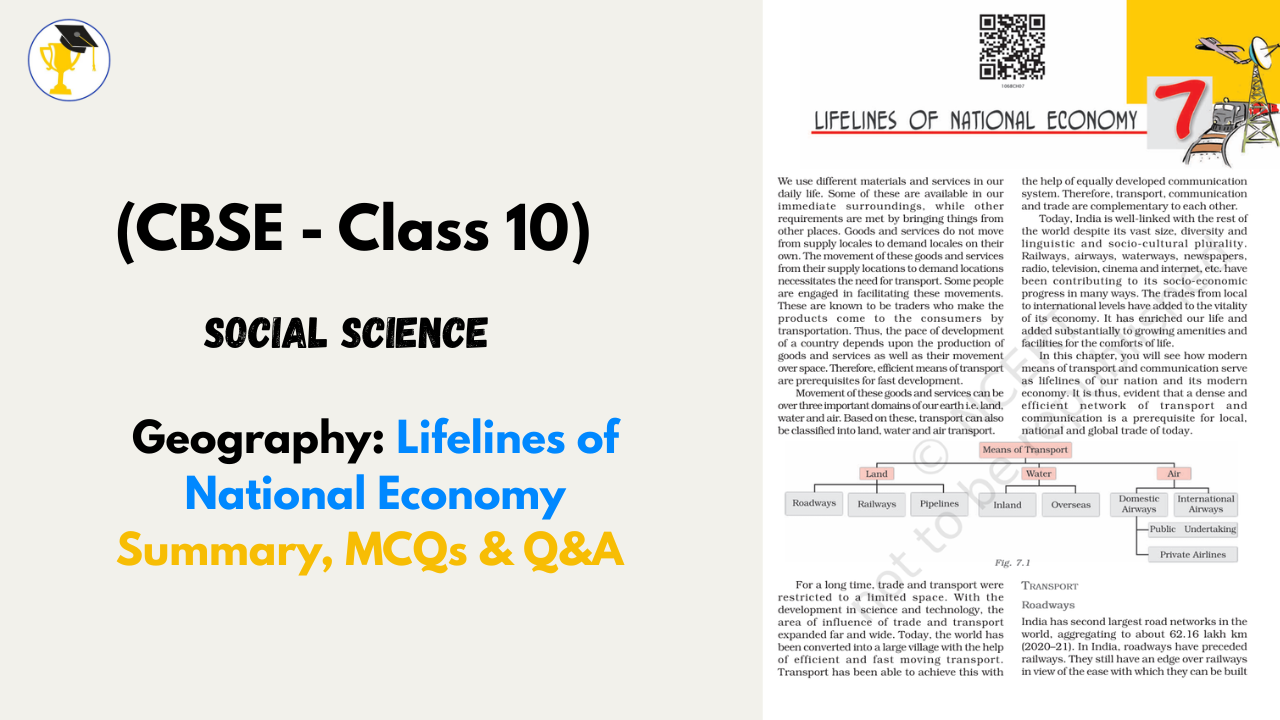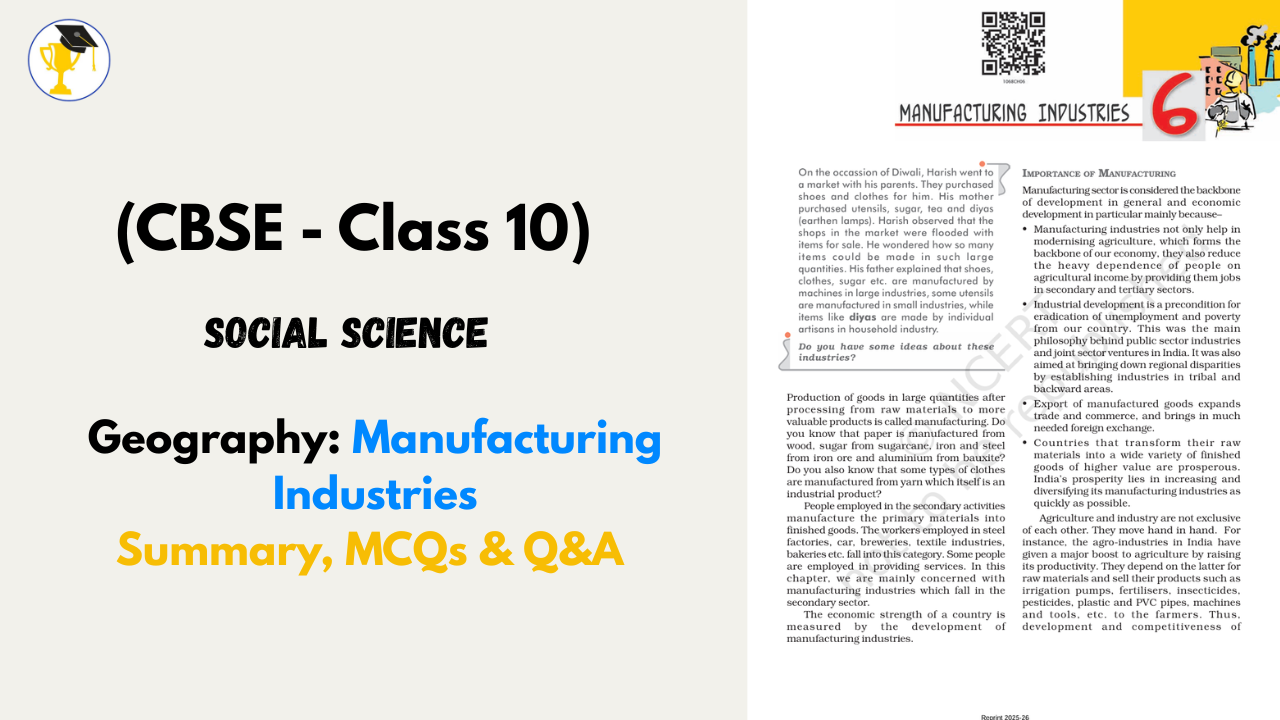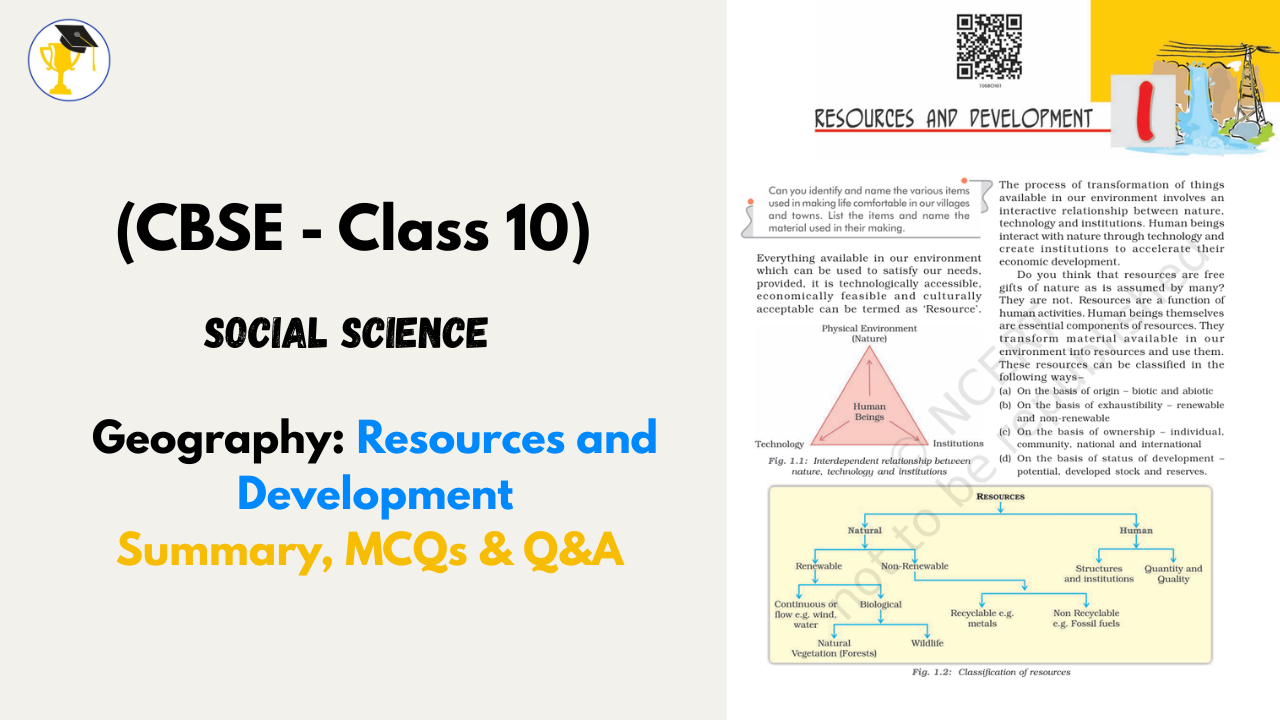No Teachers, No Future: Who Will Teach Our Children?
From Classroom to Crisis: The Global Teacher Shortage Threatening Our Future
The sound of a school bell is meant to signal the start of learning. But in many classrooms today, the bell rings into silence. Across India and the world, empty teacher desks are becoming a worrying new normal. From Bihar’s rural villages to bustling cities in the US and Australia, a global teacher shortage is unfolding — and the consequences could shape the next generation.
India’s Growing Teacher Gap: A Broken Pipeline
Despite education reforms like NEP 2020, India is grappling with over 10 lakh vacant teaching positions. The numbers are alarming:
-
14,213 schools in Bihar have a pupil–teacher ratio (PTR) exceeding the legal limit of 40:1, far from NEP’s ideal 30:1 (and 25:1 for disadvantaged areas).
-
29 schools in Bihar have no teacher at all.
-
Nearly 2,977 schools function with only two teachers.
In states like Uttar Pradesh and Maharashtra, recruitment delays stretch for years. Exams are held but results get stuck in legal disputes, political delays, or administrative neglect. This leaves thousands of classrooms in the hands of underqualified or temporary staff.
Educationist Anand Kumar, founder of Super 30, once remarked, “There is no substitute for teachers. Very few people want to become teachers, yet everyone wants the best teacher for their child.” The result? Compromised quality and declining trust in the system.
Scandals and Stopgap Measures: A Vicious Cycle
The shortage isn’t just about unfilled posts — it’s also about corruption, mismanagement, and desperate hiring:
-
West Bengal: 25,753 teachers were dismissed in a recruitment scam, leading to protests and legal chaos.
-
Odisha: Over 6,000 retired teachers rehired as “guest faculty” due to staffing shortages.
-
Rural India: Contractual teachers with minimal training fill in gaps, leaving students without proper mentorship.
A Crisis Without Borders: The Global Picture
India’s education crisis is part of a worldwide trend.
United States: Burnout Replacing Blackboards
-
Teacher turnover has jumped to 7% annually, with many citing low pay, unsafe environments, and overwhelming administrative work.
-
In Houston ISD alone, over 2,300 teachers quit in a single year.
-
Districts now spend tens of thousands per vacancy, yet fail to retain talent.
Australia: Empty Classrooms and Overworked Staff
-
Facing a shortfall of 4,000+ secondary teachers by 2025, nearly half of Australian teachers are considering quitting within the next 12 months.
-
Long working hours, rising classroom violence, and inadequate support are pushing educators to the brink.
What’s Driving the Teacher Exodus?
Across continents, the underlying causes echo each other:
-
Burnout: Overloaded with paperwork, large classes, and emotional labor.
-
Low Pay: Salaries stagnate, failing to match inflation.
-
Lack of Growth: Few career advancement opportunities.
-
Eroding Respect: Teachers are increasingly undervalued by policymakers and the public.
EdTech: Support, Not a Substitute
The rise of edtech platforms like Byju’s, Coursera, and Khan Academy promised to revolutionize learning. While technology can supplement education, it cannot replace the human connection of a teacher:
-
AI can grade essays but cannot sense a student’s silent struggle.
-
Recorded lessons can inform but cannot inspire.
-
No app can replace the mentorship, discipline, and emotional guidance of a real educator.
Temporary Fixes, Long-Term Damage
Governments worldwide are trying quick fixes:
-
India: Rehiring retirees and appointing untrained para-staff.
-
Australia: Offering scholarships to attract new teachers.
-
US: Recruiting teachers from other countries.
But these are band-aids on a deep wound. Without systemic reform, the crisis will worsen.
The Way Forward: Rebuilding the Heart of Education
-
Pay Teachers What They Deserve – Competitive salaries to match their impact.
-
Reduce Administrative Burden – Let teachers teach instead of drowning in paperwork.
-
Restore Respect and Dignity – Change public perception through media and policy.
-
Support Mental Health – Provide institutional help for stress and burnout.
-
Regular Recruitment & Training – Ensure classrooms never stand empty.
Why This Matters
A shortage of teachers isn’t just an education problem — it’s a societal emergency. Teachers shape leaders, innovators, and responsible citizens. Without them, we risk raising a generation without guidance, critical thinking, or empathy.
The real question isn’t just “Where have all the teachers gone?” — it’s “What are we willing to do to bring them back?”
 STUDY MATERIALS
STUDY MATERIALS
 ONLINE COURSES
ONLINE COURSES
 MORE
MORE

